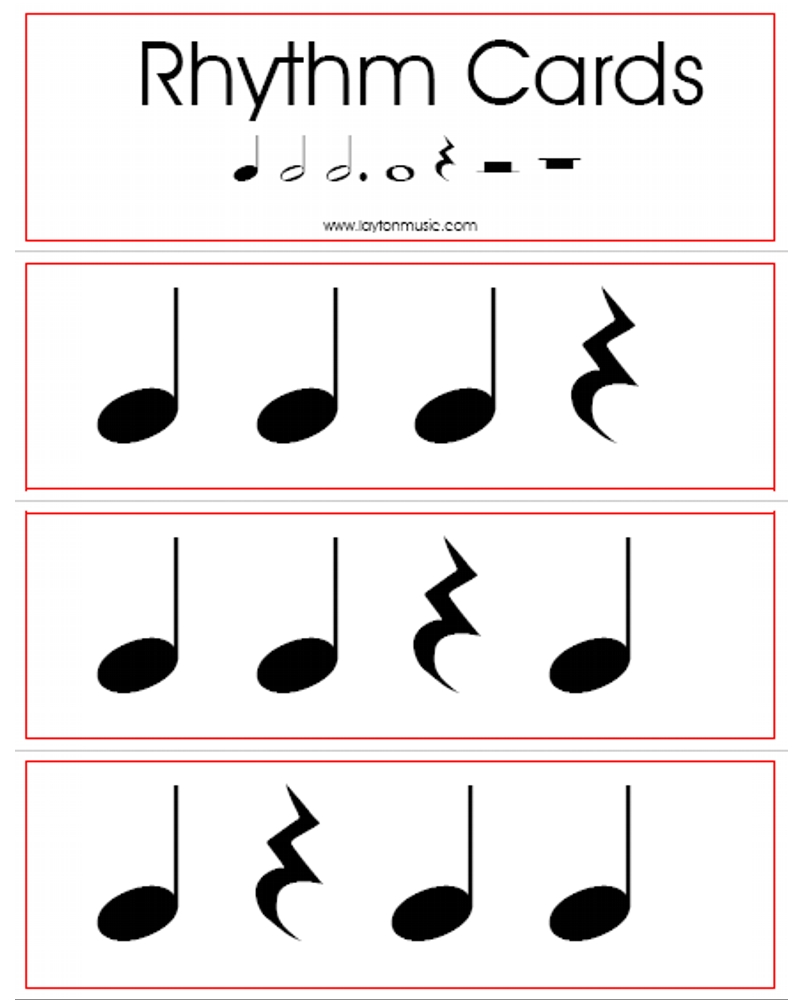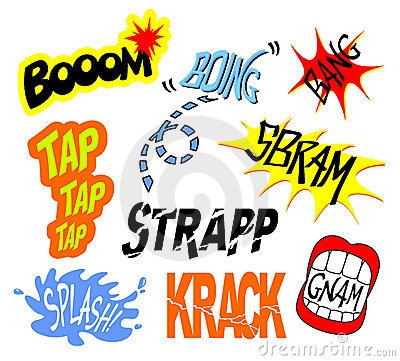Definition: The measured rhythm of a poem.
Example: In a haiku, the first line must always have five syllables, the second line must have seven syllables, and the last line must have five syllables.
Significance: Meter is important because it sometimes determines the type of poem and how the poem is to be said.
Chloe's Poetry Blog
Wednesday, May 30, 2012
Rhyme
Definition: The similarity of different words with the same ending sound.
Example: Cat, at, hat, mat, sat, rat
Significance: Rhyme is important because it puts emphasis on a repeating sound and is also entertaining to hear, instead of listening to a poem that is more like a paragraph without rhyme.
Example: Cat, at, hat, mat, sat, rat
Significance: Rhyme is important because it puts emphasis on a repeating sound and is also entertaining to hear, instead of listening to a poem that is more like a paragraph without rhyme.
Rhythm
Definition: A pattern of regular or irregular beats.
Example: The reader of a poem must follow a certain rhythm or beat just like a rapper raps to the rhythm or beat of a song.
Significance: Rhythm is important because it changes the way each line is read in a poem and how the words are said, depending on what part of the rhythm it is said.
Example: The reader of a poem must follow a certain rhythm or beat just like a rapper raps to the rhythm or beat of a song.
Significance: Rhythm is important because it changes the way each line is read in a poem and how the words are said, depending on what part of the rhythm it is said.
Thursday, May 24, 2012
Alliteration
Definition: A form of writing in which the beginning of almost every word begins with the same letter.
Example: Purple pigs pointed playfully at pineapple pizzas.
Significance: Alliteration is important because it puts emphasis on that letter or sound and makes the poem more entertaining to read.
Example: Purple pigs pointed playfully at pineapple pizzas.
Significance: Alliteration is important because it puts emphasis on that letter or sound and makes the poem more entertaining to read.
Onomatopoeia
Definition: An onomatopoeia is a sound that is a word or written out.
Example: Boom, bang, crash, bam, smack, splash
Significance: It helps gives the reader a better idea of what sound is made in a part of the poem, such as if a bookcase fell over or if a dog barked.
Example: Boom, bang, crash, bam, smack, splash
Significance: It helps gives the reader a better idea of what sound is made in a part of the poem, such as if a bookcase fell over or if a dog barked.
Personification
Definition: Personification gives human qualities to a nonhuman thing or being.
Example: The ocean waved at me.
Significance: Personification is important because it helps describe the qualities of a nonhuman thing, and compare it to what it would be with human traits.
Example: The ocean waved at me.
Significance: Personification is important because it helps describe the qualities of a nonhuman thing, and compare it to what it would be with human traits.
Imagery
Definition: Figurative language that gives images for each type of sense. The seven types of imagery are tactile, visual, auditory, olfactory, gustatory, kinesthetic and organic imagery.
Example: Tactile: I could feel the smooth picnic blanket spread beneath me. Visual: It was a checkered red and white. Auditory: I heard the birds chirping and leaves bristling. Olfactory: I smelled all of the food my mother cooked, mixed with the smell of pine from the trees. Gustatory: I could almost taste the juicy sandwiches of beef and turkey in my mouth. Kinesthetic: I tripped on a rock, stumbled for a few steps, and then fell on the ground. Organic: My heart felt so light and free being outside in the open.
Significance: Imagery is important because it gives the reader a better mental picture about the setting of the poem.
Example: Tactile: I could feel the smooth picnic blanket spread beneath me. Visual: It was a checkered red and white. Auditory: I heard the birds chirping and leaves bristling. Olfactory: I smelled all of the food my mother cooked, mixed with the smell of pine from the trees. Gustatory: I could almost taste the juicy sandwiches of beef and turkey in my mouth. Kinesthetic: I tripped on a rock, stumbled for a few steps, and then fell on the ground. Organic: My heart felt so light and free being outside in the open.
Significance: Imagery is important because it gives the reader a better mental picture about the setting of the poem.
Subscribe to:
Comments (Atom)





